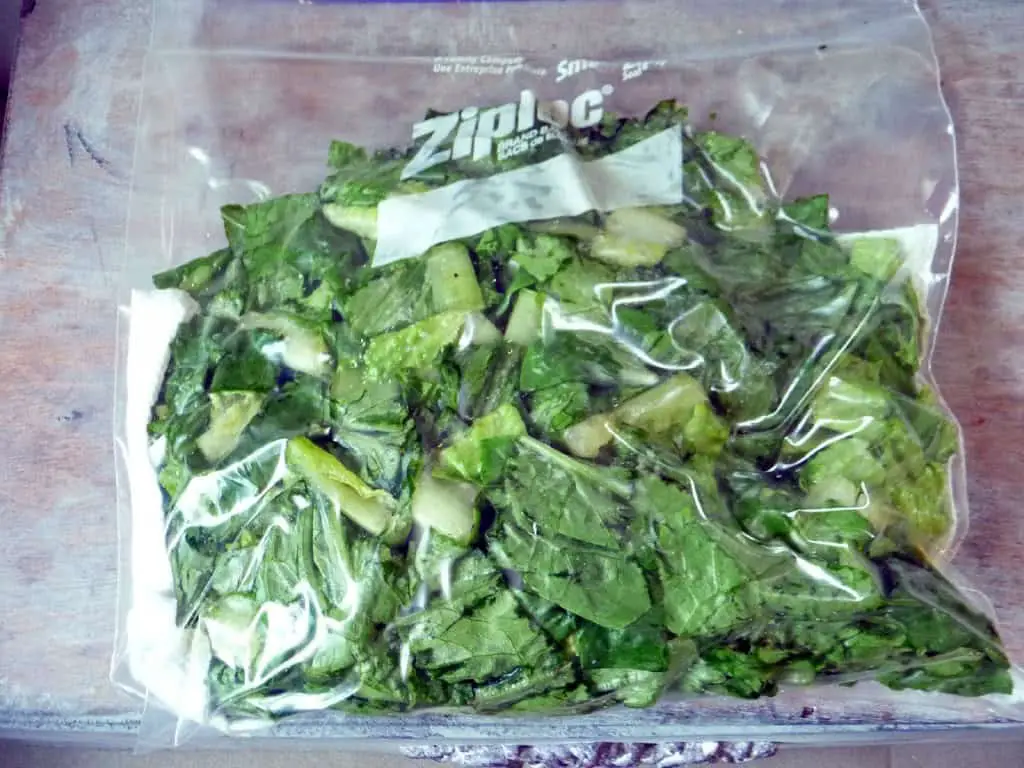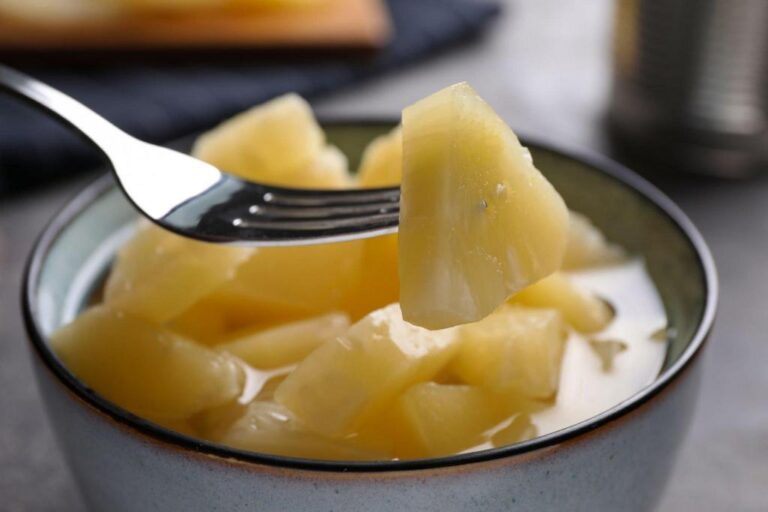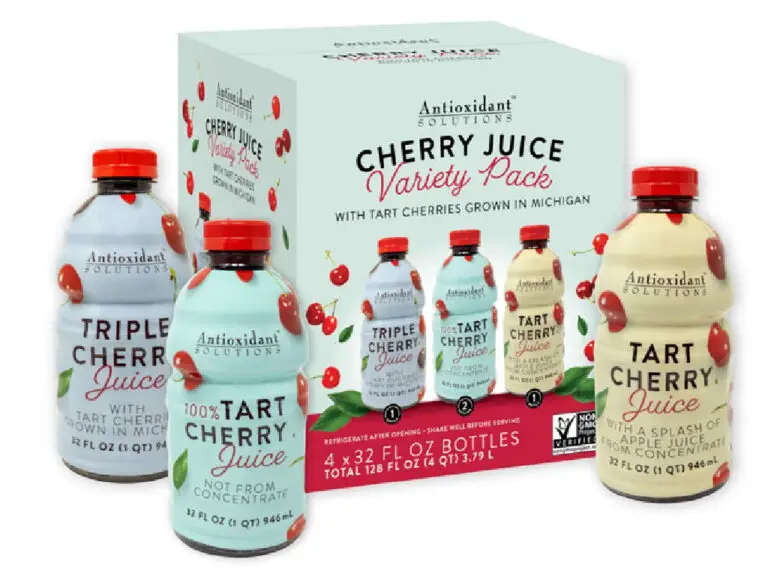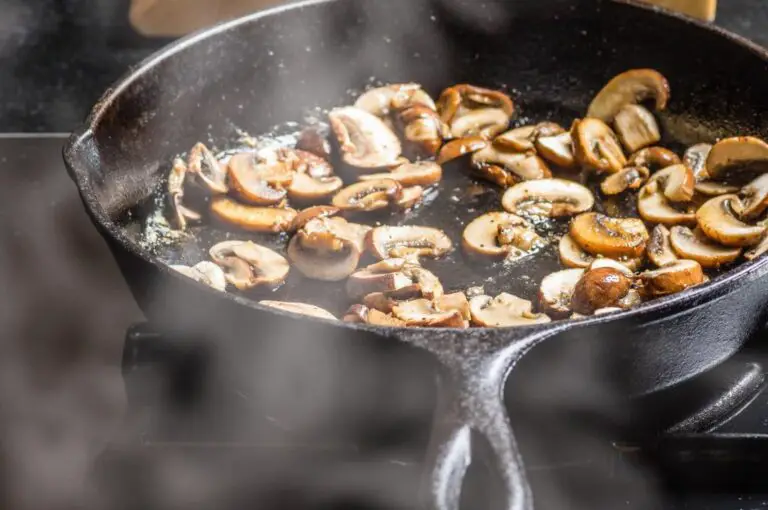The Great Lettuce Storage Debate: Airtight Container vs. Ziploc Bag

When people talk about food, lettuce is often just an afterthought—a crisp base for salads, sandwiches, and wraps. Still, even though lettuce seems like a small vegetable in our kitchens, it is very important to store it correctly. If you are not careful, it does not take long for vibrant greens to turn into wilted edges. Here’s where the big lettuce storage debate comes in: airtight containers vs. Ziploc bags are two strong contenders for keeping leafy greens fresh for longer.
Imagine carefully choosing a bunch of bright romaine or butter lettuce at the market, looking forward to making colorful and healthy meals with them. But when you go to get those leaves from the fridge days later, you will be let down when you find soggy edges or strands that are not tied together. How we store our greens is important—it can make the difference between a salad that sparkles with life and one that sits sadly on your plate.
Please join us as we learn more about the different ways to store lettuce. You will see the battle between keeping lettuce fresh in an airtight container and letting it breathe in cleverly sealed bags. Do not miss out on finding out which method wins this war of crisps!
Locking in Freshness: Storing Lettuce in an Airtight Container

When it comes to preserving the crispness and vibrancy of your lettuce, opting for an airtight container can be a game-changer. These containers create a sealed environment that helps to maintain optimal moisture levels, preventing wilting and browning.
By locking in freshness, you can extend the shelf life of your lettuce significantly, allowing you to enjoy salads and other leafy green dishes for longer periods without compromising on quality.
Despite the clear advantages of using an airtight container for storing lettuce, there are some potential pitfalls to consider. One key drawback is the risk of excess moisture build-up within the container, which could lead to premature decay or mold growth. To mitigate this risk, it’s crucial to ensure that your lettuce is thoroughly dried before storage and to periodically check for any signs of condensation or soggy patches.
Additionally, overpacking the container with too much lettuce can also cause compression and bruising, so it’s essential to strike a balance between maximizing space and allowing enough room for air circulation.
To make the most out of storing lettuce in an airtight container, follow these handy tips: First off, opt for high-quality containers that are durable and truly airtight to reap maximum benefits.
Secondly, consider lining the bottom of the container with paper towels or dry cloth to absorb any excess moisture that may accumulate. Lastly, remember not to overcrowd your greens – give them some breathing room within the container to maintain their integrity and texture.
The Ziploc Advantage: Freshness Sealed in Every Bag
Ziploc bags have become a staple in many kitchens for their convenience and versatility, including storing delicate greens like lettuce. One of the key advantages of using a resealable bag is its ability to create a nearly airtight environment around the leafy greens.
This helps to maintain the crispness of the lettuce by reducing exposure to excess moisture and air, which are common culprits behind wilting and decay. Additionally, Ziploc bags come in various sizes, making them suitable for storing different quantities of lettuce based on your needs.
However, despite their practicality, there are challenges associated with using Ziploc bags for lettuce storage. One major drawback is the potential for bruising or crushing delicate leaves when handling or stacking multiple bags.
Care must be taken to gently pack the lettuce into the bag without exerting too much pressure, which could lead to damage. Moreover, while Ziploc bags can provide some level of protection against external elements, they may not offer as robust insulation as a dedicated airtight container designed specifically for preserving produce freshness.
To make the most of storing lettuce in a Ziploc bag, it’s crucial to follow some best practices. Firstly, ensure that you thoroughly dry the leaves after washing them to prevent excess moisture buildup inside the bag. You might want to put a paper towel at the bottom of the bag before adding the washed and dried lettuce. This will help soak up any remaining water and make the food last longer.
Lastly, try not to overcrowd the bag—leaves should ideally be loosely packed to allow proper airflow and reduce friction among them during storage.
Factors to Consider When Choosing Between Methods
When it comes to deciding between storing your lettuce in an airtight container or a Ziploc bag, several crucial factors must be taken into account. One of the primary considerations is moisture control. Lettuce thrives in a slightly humid environment, as excessive dryness can cause wilting and browning.
Airtight containers excel at maintaining optimal moisture levels by sealing out excess air that can accelerate decay. On the other hand, Ziploc bags offer some level of moisture retention but may not provide the same degree of protection against humidity fluctuations.
- 1. Moisture Control
- Airtight containers: Seal out excess air, maintaining optimal moisture levels.
- Ziploc bags: Offer some moisture retention but may not protect against humidity fluctuations as effectively.
- 2. Airflow Requirements
- Airtight containers: Allow minimal airflow, preventing soggy spots and encouraging even ripening.
- Ziploc bags: Might restrict airflow more significantly, potentially impacting freshness and texture over time.
- 3. Convenience
- Airtight containers: Reusable and stackable, ideal for organized fridge spaces but require cleaning between uses.
- Ziploc bags: Disposable, lightweight, and offer quick access but may lack long-term durability and ease of stacking.
- 4. Cost Considerations
- Airtight containers: Initial investments vary but offer long-term value through durability.
- Ziploc bags: Generally more cost-effective initially but may require frequent replacement.
Consider these factors based on your lifestyle and habits to select the optimal storage solution for your lettuce, ensuring it stays fresh and crisp for longer.
| Related: Do You Cut or Hand Torn Green Lettuce? |
Professional Opinions and Recommendations
When it comes to the debate between using airtight containers or Ziploc bags for storing lettuce, professional chefs and experts offer valuable insights based on their experience in the culinary world.
Renowned chef Julia Child once famously commented that she preferred storing lettuce in airtight containers due to its ability to maintain crispness without wilting quickly. Her meticulous approach to preserving the quality of ingredients highlights the importance of choosing the right storage method for leafy greens.
On the other hand, modern chefs such as Jamie Oliver emphasize convenience and practicality when it comes to storing lettuce. Oliver suggests that Ziploc bags can be a time-saving option, especially for busy home cooks who want easy access to fresh produce while preparing meals. His endorsement of this method raises an interesting point about balancing freshness with efficiency in everyday kitchen routines.
Conclusion: A Matter of Preference
After delving into the nuances of lettuce storage, it becomes clear that the choice between airtight containers and Ziploc bags ultimately boils down to personal preference. Both methods have their merits, from the superior moisture retention in airtight containers to the convenience of Ziploc bags for quick access. While some may swear by one method over the other, it’s essential to consider individual lifestyle factors and kitchen habits when deciding how to best preserve your leafy greens.
In conclusion, based on research findings and expert opinions, here are some final recommendations for storing lettuce: If you tend to use up your lettuce quickly and prioritize ease of access, opting for Ziploc bags might be ideal. On the other hand, if extending shelf life is crucial and you can dedicate a bit more effort towards proper storage, airtight containers could be your go-to solution.
Experimentation is key – don’t hesitate to try both methods and see which works best for keeping your lettuce fresh longer. Remember, at the end of the day, whether you choose an airtight container or a trusty Ziploc bag, what matters most is enjoying crisp salads without any wilted regrets!






